How Are Sounds Converted Into Digital Signals?
Sounds can be converted into digital signals by any one of three processes. |
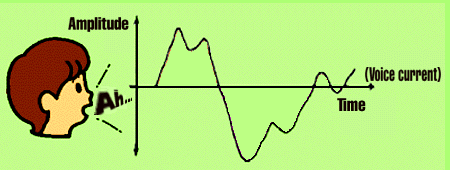 |
-
 Sampling Sampling
- Analog signals are cut into segments of constant size, and the voltage of the analog signal amplitude in each segment is picked up.
|
 |
-
 Quantizing Quantizing
- The amplitude (size) of the analog signal is measured using a rough yardstick (meaning that all amplitudes within a given range are converted into a single value). These values are then are converted into vertical 'pillars' of constant floor area.
|
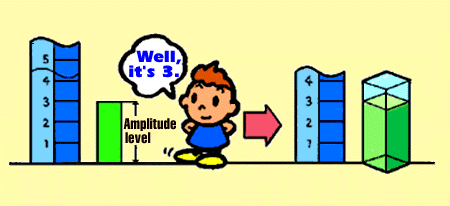 |
-
 Encoding Encoding
- The weight of each 'pillar' of equal floor area is measured and expressed as a string of 8 values. The combination of these 8 values (presence/absence) represents the strength of the signal. This type of conversion of analog signals into digital signals is called pulse-count modulation (PCM).
|
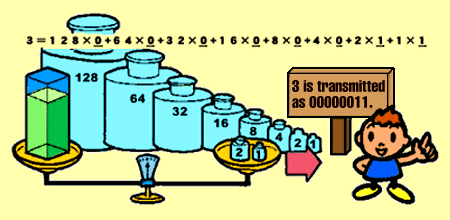 |
Why Are Signals Digitized?
-
 Resistance to Static and Distortion Resistance to Static and Distortion
- Because a digital signal receiver needs only to be recognized whether a signal is present or absent, it can withstand static by simply reproducing the necessary pulse to restore the signal.
|
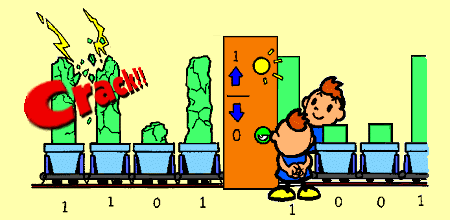 |
-
 Easy Signal Storage and Conversion Processing Easy Signal Storage and Conversion Processing
- Digitizing video, audio, graphic and other data makes it much easier to store the data in memory, to present information to large numbers of people, and to apply additional processes through other media.
|
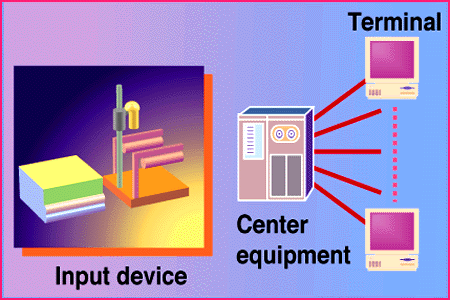 |













